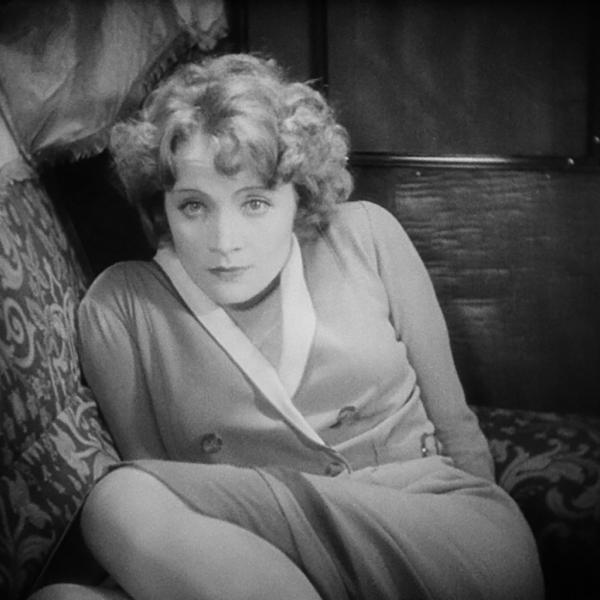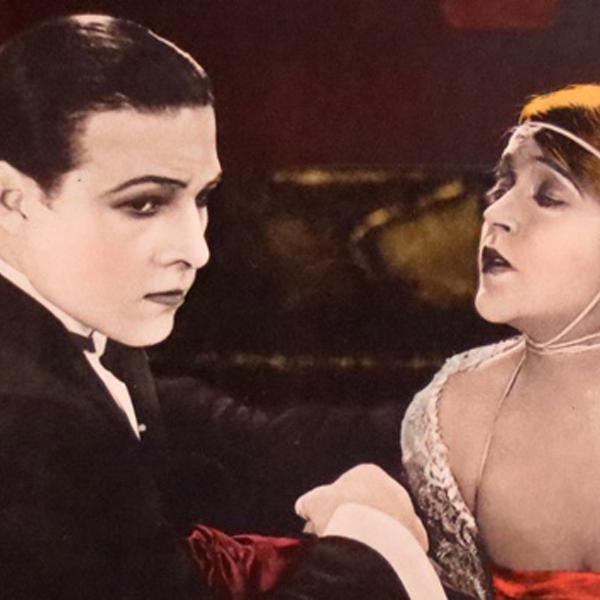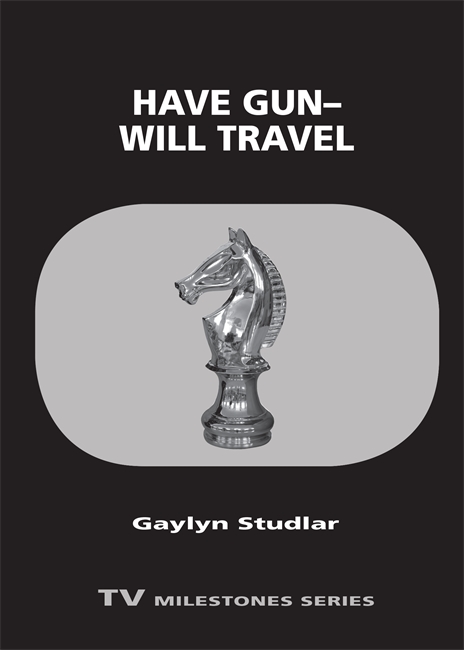Gaylyn Studlar’s research interests include feminist film theory and history, Hollywood cinema, genre studies, Orientalism, and the relationship between film and the other arts.
Studlar joined the faculty of Washington University in St. Louis in 2009, after being on the faculty of the University of Michigan, Ann Arbor, for thirteen years and as a part of the faculty of Emory University for eight. At the University of Michigan she was the Rudolf Arnheim Collegiate Professor of Film Studies and served as director of the Program in Film and Media Studies for ten years. During that time, oversaw the program’s development into the Dept. of Screen Arts and Cultures and the marked expansion of its faculty and curricular offerings.
In 1996, she received an Excellence in Education Award from the College of Literature, Science, and the Arts, and in 1997, a Provost’s Office Grant to attend the Institute for Women in Higher Education Administration. Professor Studlar’s PhD is from the University of Southern California in cinema studies, where she also received a Master of Music in cello performance. Her research interests include feminist film theory and history, Hollywood cinema, genre studies, Orientalism, and the relationship between film and the other arts. She is the author of This Mad Masquerade: Stardom and Masculinity in the Jazz Age and In the Realm of Pleasure: Von Sternberg, Dietrich, and the Masochistic Aesthetic. Her most recent books are Precocious Charms: Stars Performing Girlhood in Classical Hollywood Cinema, published by the University of California Press in 2013, and Have Gun Will Travel, published by Wayne State University Press in May 2015. She has co-edited four anthologies: John Ford Made Westerns, Visions of the East; Reflections in a Male Eye: John Huston and the American Experience; and Titanic: Anatomy of a Blockbuster. Studlar's research has been translated into French, German, Italian, Russian, Spanish, Swedish, and Arabic.
Dr. Studlar is working on a book to be called "Erotic Labor: Sex, Class, and Stardom in Pre-Code Hollywood." She has articles forthcoming on celebrity and aesthetics, on authenticity and female stardom, on women in post-World War II Westerns, and on Clara Bow as a "white trash" celebrity in the age of eugenics. At WashU, Professor Studlar has taught courses such as Film Theory, Women & Film, Sexual Politics in Film Noir, British Cinema, Stardom, and Film Historiography, among others.






